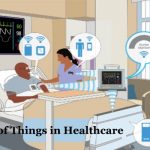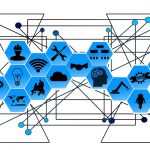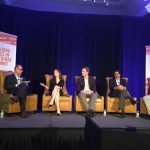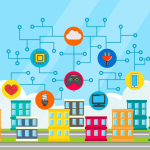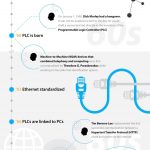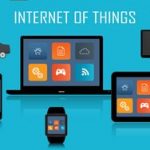presently, the web Of issues Is just like the web Of The Nineteen Nineties
a world of related units are starting to come online. don’t mistake what they do now for what they’ll accomplish in the future.
March 27, 2015
unless you think of expertise as a geeky interest unto itself, giving an internet connection to on a regular basis objects may appear to be a waste of power. Who desires actually desires an internet toaster, anyway?
but simply because the internet was straightforward to underestimate in its infancy, this new push to connect everyday devices—an idea often called the “web of things”—is barely consultant as of late of what it might develop into the next day to come. And the parallels transcend just possible. these days’s internet of issues faces a number of challenges and setbacks paying homage to the internet of the ’90s.
If tech corporations can get over these hurdles, the effects may be just as a ways-attaining. I spoke with one of the vital web of issues’ biggest innovators to search out out what good properties, good cars, and different linked units must do to transcend their current varieties—and what the sector will appear to be because of this.
attempting to find the next Google
a typical criticism of these days’s internet of things is that it doesn’t have a “killer app” to push the concept that into the mainstream. but perhaps it doesn’t need one. The web never had a killer app both; it simply obtained higher instruments to make feel of all its disparate elements.
Zach Supalla, CEO of Spark, a company that sells hardware kits for fast building new linked products, points out how the unstructured nature of standalone web pages eventually gave option to portals like Yahoo, which tried to categorize these sites in a sprawling directory. Then came search engines like Google, whose PageRank algorithms found out precisely what you were in search of through keywords. The web of issues continues to be ready for that more or less invention.
“someone else will work out a better option to do it, and we will all be like, ‘Oh, which is how it was purported to work the whole time,'” Supalla says. “but that doesn’t must occur up front. we are able to figure that out as we go.”
Some tech corporations are already racing to make that magical connection.
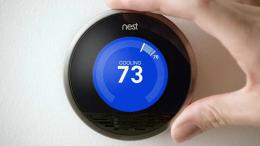
For Nest, the secret is automation, made that you can imagine by using loads of related units working collectively on your behalf. Mike Soucie, the top of product partnerships for Nest, gives an early example: today, a Nest learning Thermostat can acknowledge whether or not you are at residence through movement sensors and algorithms. just the basic “Away” scenario can trigger all forms of automation on other gadgets, reminiscent of an occasional fluff cycle on the garments you left in the dryer.
“we predict that there is a ton of devices vying to your consideration, so we’re in point of fact working exhausting to put the know-how in the back of us,” Soucie says.
the next step, Soucie says, is to provide you with a much broader range of states. Nest would possibly some day recognize that the whole domestic is on trip in keeping with the positioning of everyone’s telephones, and arrange a lights sample that mimics precise conduct. it will probably also tap into wearable units like Jawbone to determine who’s home and where they are in the house to maximise remedy.
“it’s going to be through use, and pattern recognition, observing habits, and surfacing features over time that mechanically simply work within the history,” Soucie says.
Making It Human
If Nest’s algorithmic means brings search engines like google and yahoo to thoughts, that you would be able to virtually see a touch of web 2.0 in human-pushed services and products like IFTTT. just as websites like Wikipedia and Blogspot changed the character of the web sites thru regular user interaction, IFTTT is leaning on consumer-created “recipes” to determine how smart properties will have to actually operate.
“i feel one of the crucial things we’re beginning to in reality discover as an business is that everyone is incredibly distinctive in terms of the products and services and the products they encompass themselves with,” says IFTTT CEO Linden Tibbets. “nobody is going to have the identical car, the identical garments, the same fridges, and microwaves and all this stuff. And no person actually makes use of the identical unique set of web products and services, both.”
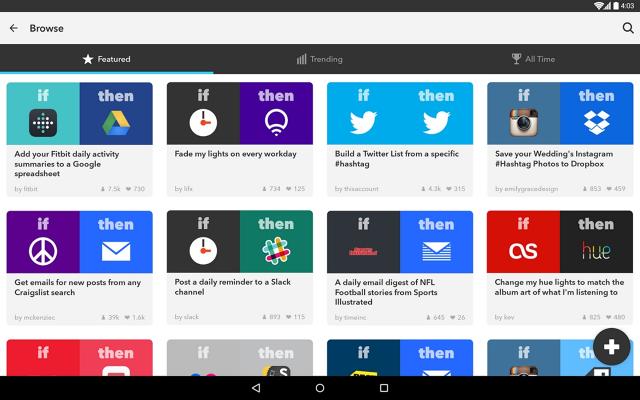
as of late, IFTTT—which recently renamed its signature app as merely If—lets users mash collectively web services in methods their creators never predicted. as an example, that you could arrange Nest’s protect smoke detector to textual content your neighbor when it recognizes an emergency, or get a call out of your SmartThings sensor when your teen tries to open the liquor cupboard. but Tibbets is aware of that these are geeky hacks for early adopters. IFTTT is essentially using them to seek out the threshold circumstances, with hopes of building a gadget that feels personal and far easier to make use of.
“i believe what’s fast going to occur is we will say, ‘in fact, that is precious,'” Tibbets says. “And no person will have hypothesized—without if truth be told having an web-linked fridge, or Nest thermostat, or Sonos—that that would be precious unless any person in reality tried it and thought about it and introduced it to the sector.”
altering the way We Work
smart properties and different linked products won’t just be geared toward house life. they may even have a main impact on industry. And identical to any company that blissfully neglected the web at the turn of the century, those that brush aside the internet of things chance getting left behind.
Some corporations are already paying consideration. GE, for instance, has been striking sensors in industrial merchandise equivalent to wind generators, which can then work out the most efficient orientation, or resolve maintenance desires without sending a technician all of the manner up the tower.
“we’re talking to firms in power, in transportation, in any choice of normal industries, the place large efficiencies are that you can imagine,” says Peter coffee, Salesforce’s vice chairman for strategic analysis. He believes that this pattern will most effective continue throughout the arrival of smaller, cheaper, extra dependable sensors, not only for huge industrial hardware but for everyday products like garb and hand instruments. for instance, a sensor in a hammer could let staff understand the best time to take a break, and fitness trackers built into a shoe or T-shirt could lend a hand people decide precisely what train attire they need prior to they even walk into a store.
“web of things is principally interesting since the way anyone is trying to get something done will also be measured, stated, and analyzed, and become guidance for what would make a product more useful,” he says.
it’s conceivable that these technologies will render the normal salesman or manufacturing facility supervisor out of date, but coffee believes this simplest makes it more straightforward for humans to focal point on more necessary skills, like pattern reputation. for example, he points to Trunk membership, a men’s on-line garb carrier whose non-public stylists draw on huge quantities of information to make recommendations to their buyers. even though a stylist has tons of of purchasers, it may well still really feel like you might be strolling right into a small-city retailer where everybody is aware of you.
“The urge for food for folks to do what people do actually smartly is bigger than ever, in the identical method that power instruments make a good craftsman able to doing more, not less,” coffee says.
Hashing Out the main points
even though tech corporations have big dreams for where the internet of things can go, there are still some practical hurdles in the way in which.
one of the crucial common is actually getting all of these gadgets to speak to at least one any other. The business is in the midst of a full-blown standards battle, both relating to hardware protocols and device frameworks. This is not an excellent parallel, however leaping in now’s vaguely paying homage to choosing between AOL, Prodigy, and CompuServe in the early Nineteen Nineties.
“one of the greatest threats that’s out there is that if corporations don’t work together to strengthen a broader standard,” says Brett Worthington, vp and normal manager of Wink, a maker of both hardware and tool to attach loads of different good residence merchandise. “If we create a bigger mess than what’s already out there round interoperability, then we’re going to waste the biggest opportunity in a class of growth.”
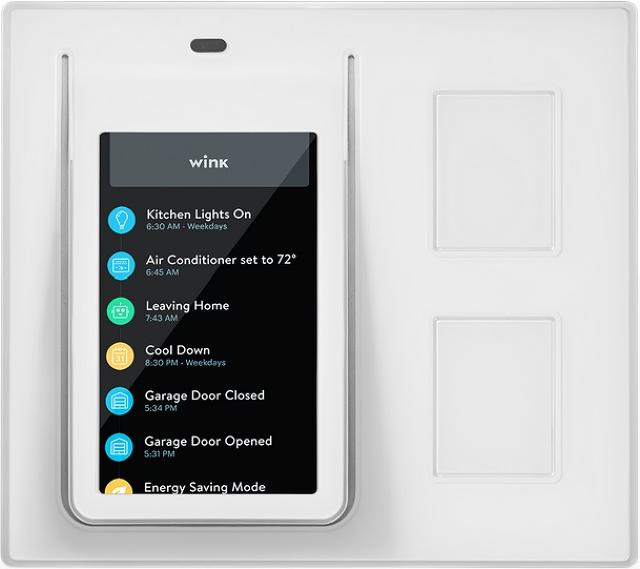
there may be also the question of what occurs to all this knowledge that’s being amassed and interpreted, and the way all these units will keep secure from far off assaults. Most corporations will gladly tell you about their defense force-grade encryption, and their clear data assortment insurance policies, but IFTTT’s Tibbets would not suppose it can be that simple. the very best practices for security and privateness will not truly fall into position, he says, unless the industry figures out how people are in reality the use of these gadgets.
Tibbets compares it to the early days of the web, which saw “a decade or more of unrestrained price” sooner than patterns and standards round safety began to emerge. “So probably the most things we wish to learn from is, when we examine from that value piece—which is in point of fact the most important, in any other case you are going to have a in point of fact secure thing that nobody makes use of—that very next step has to be the observe-up, find out how to understand that price, and learn how to secure it,” he says.
Even with these hurdles cleared, the bigger explosion for web of issues could best happen with cellular connectivity, simply as smartphones kicked off an important boom spurt usually-purpose computing. Spark is trying to get things started with Electron, a package for constructing internet of issues devices with their own information plans, however CEO Zach Supalla said getting wi-fi carriers to interrupt from their conventional industry models has been difficult.
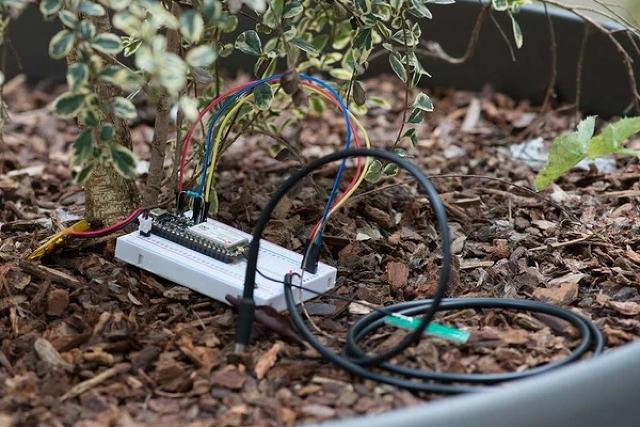
Supalla believes that enormous-scale products, like Tesla’s electric cars, would be the most a success at including wireless provider in the beginning, however he’s confident that data plans will work their method right down to smaller gadgets over time. “every bike will have to be linked, so that you would be able to figure out where it’s when it will get stolen. Bikes get stolen always,” he says. “as soon as you are into inexpensive products like that, it is going to turn out to be extra ubiquitous.”
Of all the individuals I spoke to, Supalla pushed the parallel with the early internet the toughest, and he warns against the view that the web of things market will all the time be targeted at “hyper-nerds.”
“probably the most things I see when individuals are speaking about web of things usually, is this sense like, ‘this is just what it’ll be. that’s the start and finish of the market,'” he says. “however i feel that is how the internet felt in 1992, and we’re in that starting phase, and it is actually arduous to determine exactly how it will play ahead.”
(144)



